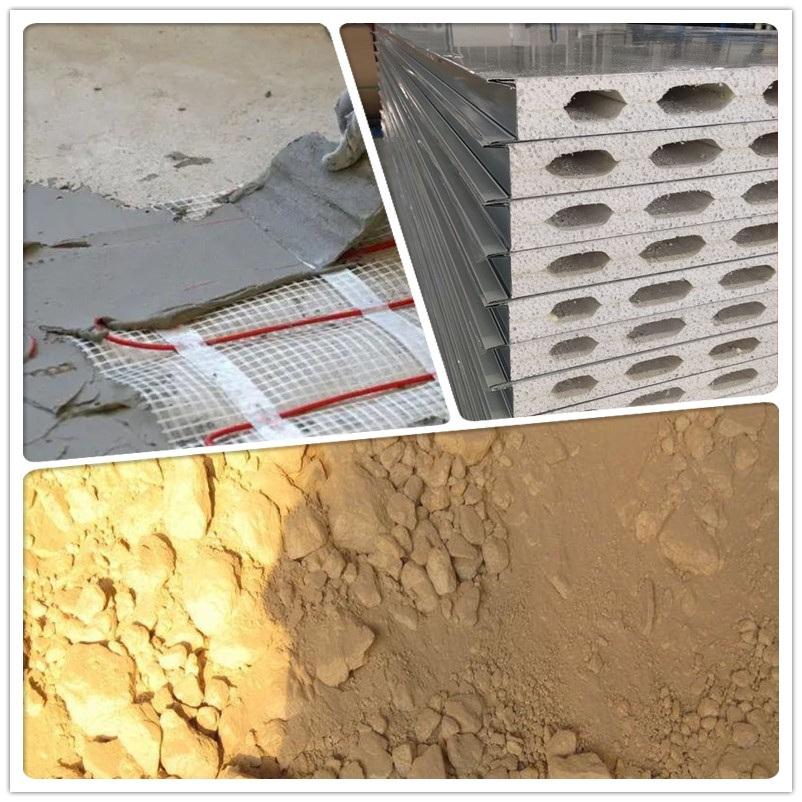Advantages and disadvantages of magnesium oxysulfide cement

Key words
Magnesium Oxysulfate Cement, MOC
Introduction
Magnesium oxysulfate cement (MOC) is a kind of magnesite cement, which is composed of active magnesium oxide (MgO) and magnesium sulfate (MgSO4) as the main components. After hydration, it forms a ternary of MgO-MgSO-H2O Gelling system; magnesium oxysulfate (magnesium oxysulfate, MOS) cement is an air-hardening green inorganic gelling material formed by mixing light-burned magnesia and a certain concentration of magnesium sulfate solution for hydration.
Advantages
MOC cement is a kind of magnesium cementitious material, which has the advantages of fast hydration reaction, no steam curing, fire resistance, light weight, excellent resilience performance, high early strength, etc., and has good bonding performance.
MOS cement has excellent properties such as light weight, low thermal conductivity, good bonding performance with light boards, and good fire resistance. It is widely used in the production of lightweight heat insulation materials and refractory materials. The calcination temperature of light-burned MgO used to prepare MOS cement is much lower than that of ordinary Portland cement clinker, and the amount of CO2 emitted during the production of cement raw materials of the same quality is lower.
Special application
Because magnesium oxide has good thermal conductivity, magnesia gelling materials are widely used in inorganic thermally conductive and insulating gelling materials.
Disadvantages
MOC cement has low mechanical strength and low retention strength after immersion in water, and its mechanical properties are low, water resistance is not good, and volume stability is not good.






